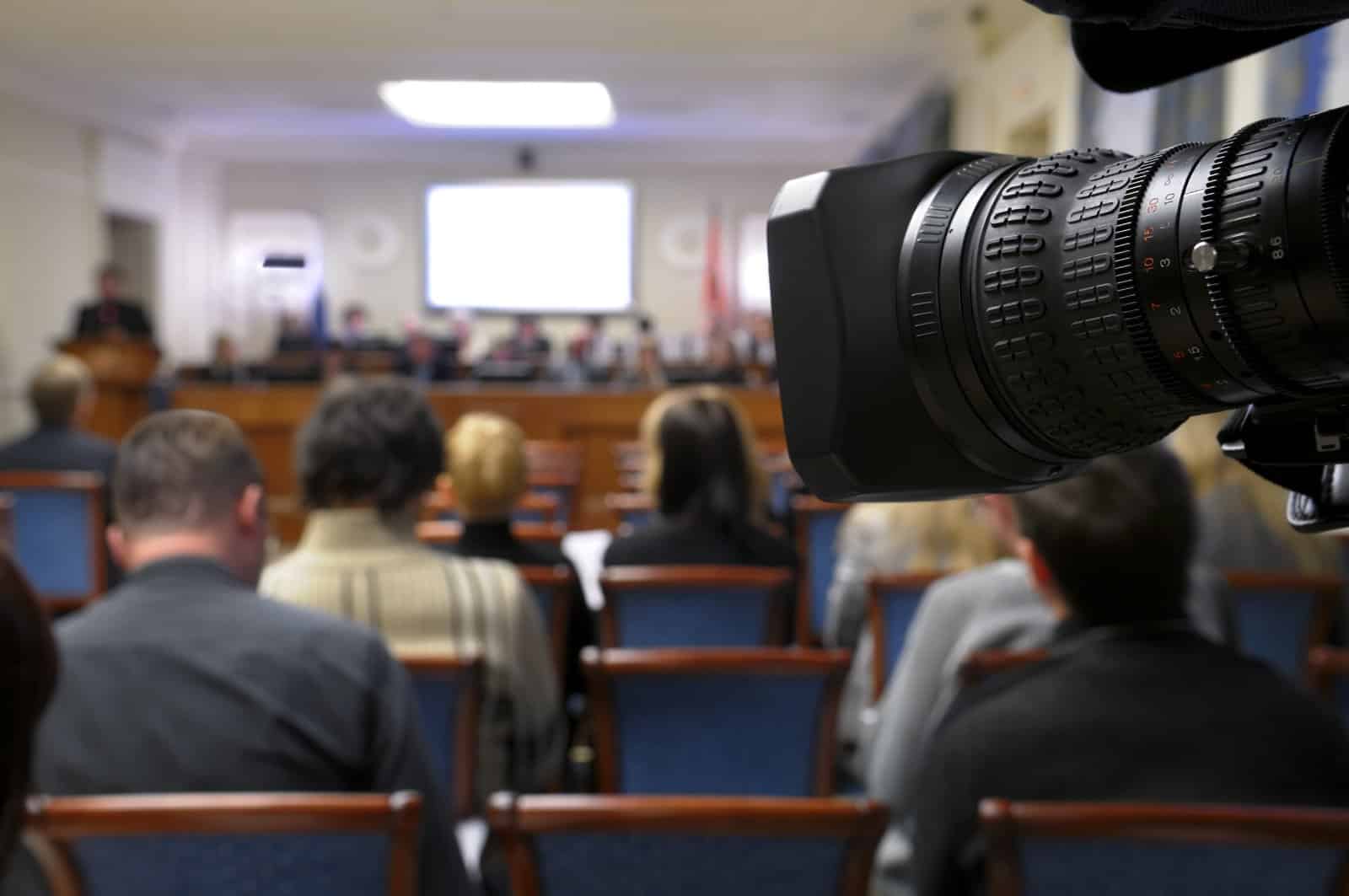Congress has passed a slew of tax breaks for the wealthy worth almost $300 billion under the guise of helping the average American.
Investigating Secure 2.0

Politico’s latest investigation charts the course of a 2022 bill called the Secure 2.0 Retirement Savings Act and how it has expanded into the behemoth it is now.
The Origins of Secure 2.0

Secure 2.0 was a bill introduced by a bipartisan group of politicians, which aimed to help middle-class Americans better prepare for retirement with a number of new provisions that would benefit people saving using individual retirement accounts (IRAs) and workplace retirement plans.
Adjustments and Additions to Retirement Plans

The bill included adjustments to RMDs, higher catch-up contributions, employer matches to Roth 401(k)s, expanded QCD rules, automatic enrollment in retirement plans, emergency 401(k) distributions, 529-to-Roth IRA conversions, student loan matching contributions, and a new Saver’s Match for low-to-middle-income earners. As well as dozens of other benefits.
Overwhelming Approval

Secure 2.0 zoomed through the house with a huge majority vote behind it – 414-5. And while this was claimed as a win for the average American, not all was as it seems.
Financial Industry Impact

As Politico explains, “the victory was most strongly applauded by the burgeoning financial services industry,” which has seen their sector go from a $7 trillion industry in 1995 to over $38 trillion in 2023.
A Deepening Divide

Secure 2.0, by Politico’s estimate, deepened wealth disparities and added to the federal deficit.
Benefits for Wealthy Taxpayers

While tax-advantaged savings have become crucial in the American retirement landscape – benefiting around 60 million savers with $6.6 trillion in 401(k) savings alone – Politico has found a widening gap between the intended middle-class support and the actual benefits the wealthy are receiving.
Tax-Advantaged Savings

Despite its initial goals, their investigation revealed that Secure 2.0 and related bills expanded benefits for wealthy taxpayers. Today, they can invest up to $452,500 every year in tax-advantaged accounts, saving up to $203,600 on taxes and extending the duration of tax benefits.
A Focus on High Earners

Politico pointed to statistics from former Federal Reserve economist Alicia Munnell, which indicated that the benefits of Secure 2.0 for higher earners were still larger than those for low earners, despite offering tax benefits for small businesses starting retirement plans and expanding government matching for low-income savers.
Alicia Munnell’s Perspective

Munnell stated, “I am persuaded that these are bills designed for the high-earners and stuff for middle- and low-earners gets put in along the way to make the legislation less shameful.”
Catch-Up Contributions and Age Delays

Secure 2.0 increased the catch-up contributions for people in their early 60s, but this only applied to those already maxing out their plan limits, which were $30,000 a year in 2023 or $73,500 with a good employer match.
Implications for Savers

It also delayed the age for mandatory retirement account withdrawals from 70 and a half to 75, letting wealthy individuals delay paying taxes on their savings.
Financial Industry Gains

All of this was a new win for asset managers and insurance companies, as they were able to collect fees based on the huge amounts of money steadily increasing in these retirement accounts.
Critics’ Concerns

Critics, including retirement experts, have voiced concerns over Congress prioritizing tax breaks for wealthier savers while overlooking necessary reforms for programs like Social Security and Medicare.
Outside Influence on Legislation

Politico also points out that there has been a lot of outside influence on retirement legislation by those in the retirement industry.
Increased Lobbying

Top retirement industry lobbying groups have increased their donations to PACs eightfold since the early 200s, with one prominent company donating almost $100 million to lawmakers in the runup to the 2022 midterms.
Insider Perspectives

They also talked to insiders from past administrations, congressional aides, and experts working on retirement laws, who painted a picture of how the retirement legislation process unfolded.
The Financial Industry’s Involvement

These insiders revealed that “many, if not most,” of the policies were initiated by the financial industry itself, which operated through a secretive system where congressional aides would collaborate with and seek guidance from former colleagues now working for financial service companies and groups.
Career Paths of Congressional Aides

Many of these aides later went on to work in the financial services industry.
Influence of the 401(k) Industry

As NYE School of Law professor and tax law scholar Daniel Hemel put it, “The 401(k) industry owns Congress. Either lawmakers were trying to pull a fast one on the American people, or lobbyists were trying to pull a fast one on Congress. I don’t know which story is better. I don’t know which one I should want to believe.”
The post – Middle Class Betrayed as Congress Favors Rich with Tax Cuts – first appeared on Wealthy Living.
Featured Image Credit: Shutterstock / Rawpixel.com.
The content of this article is for informational purposes only and does not constitute or replace professional financial advice.





